Leg workouts are hot topics among fitness enthusiasts. No wonder both beginners and fitness gurus always begin with leg training - legs are the largest muscle group in your body. These muscles are toned to protect your joints and boost your metabolism. It's even quite effective and efficient to get you lean! However, how to choose or combine exercises that suit you best? In this article, Ativafit will compare two common movements, as well as the variations, and help you make the decision.
#1 Leg Presses
The leg press is a kind of resistance training exercise that targets the quadriceps, hamstrings, and gluteus maximus.
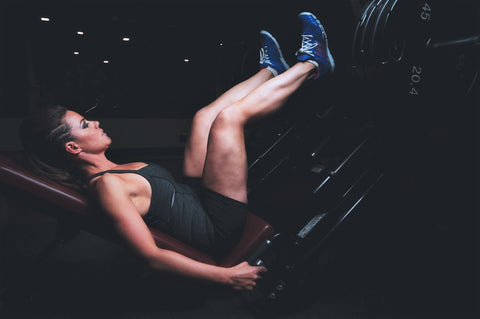
- Instruction
To do the leg presses, you are supposed to sit down at a leg press machine, lean your head on the pad, and position your feet shoulder-width apart in the middle of the platform. Bend your legs at a 90-degree angle so that your knees won’t be over the toes. Then press the platform away from yourself, straighten your legs, but do not lock your knees, and return to the starting position. And repeat.
- Do it when you…
Do leg presses when you focus on leg strengthening. Working with a resistance machine in a fixed movement pattern can be quite effective for isolating the specific muscle you would like to train.
Do leg presses when you are backache. Since you are seated and can lean on the back pad when you working out, it decreases the possibility of back injury.
- Variations
Besides, you can adjust your foot position on the footpads and the weights to emphasize different muscles. Put your foot a little bit higher, it will work more on the gluteus maximus; lower, it will work more on the quadriceps.

Photo: Pinterest
#2 Air Squats
The Air Squats is a foundational and functional lower-body exercise. It targets the quadriceps, hamstrings, lower back, and core, so it is more compound than leg presses.
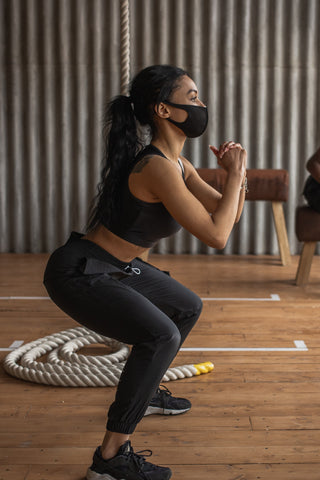
- Instruction
To do the air squats, you are supposed to start with feet just outside hip-width and lift your arms up in front of you for balance. Keep your back straight and push your hip back as though you are sitting on an invisible chair. Your hip and thighs should be parallel to the floor. Then come up to the neutral position. And repeat. Remember to collapse your knees when sitting down. You may need a spotter to ensure you are doing squats correctly at the beginning.
- Do it when you…
Do air squats when you aim to train the whole lower body. It may be more efficient to work air squats as they challenge muscles in the buttock, thighs, lower back, and core.
Do air squats when you can’t go to the gym frequently. Air squats can be done anywhere, so it is more convenient for you to keep exercising.
- Variations
The Weighted Squats is a variation of squats. With weights like dumbbells or barbells, it also works the muscles in your shoulders, arms, chest, and back.
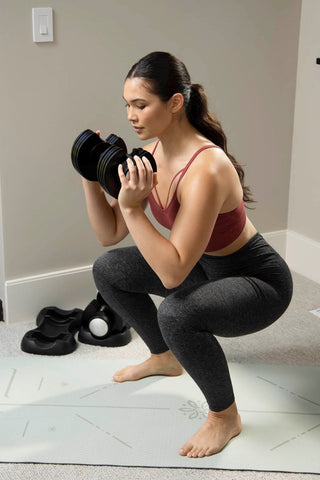
The V squats is also an advanced variation on a squat. These moves ask you to put emphasis on your quads. With the half ball balance trainer, you are able to strengthen your core and balance well.

In short
Ativafit drew a graph to show the difference between these moves. Hope this article will help you to achieve the goal of your workout.
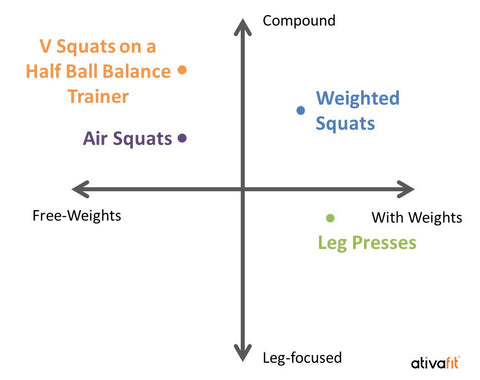
Product Recommendation:

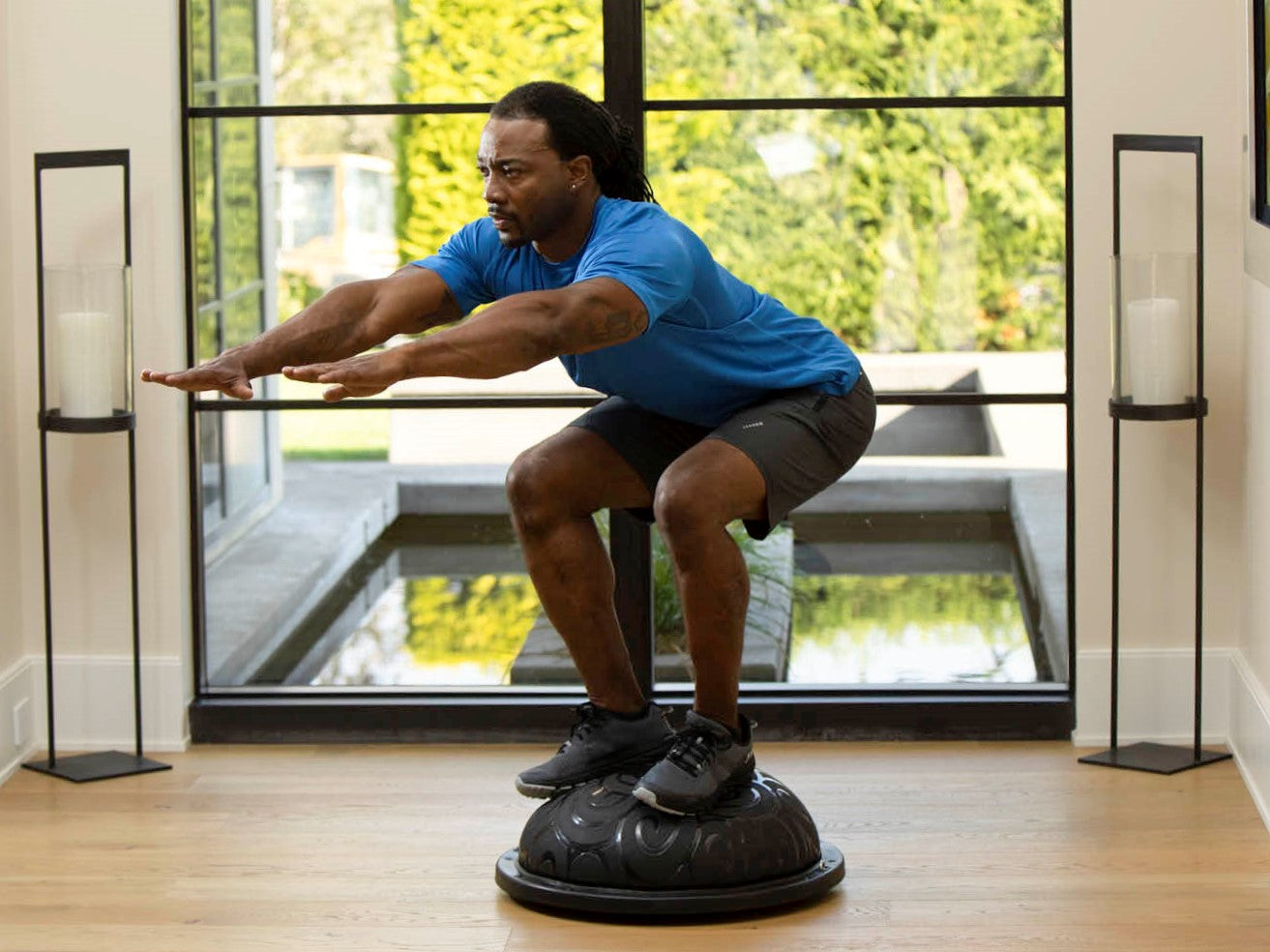




2 comments
Dan Russ
You have to work with what you have. Bottom line, interval training. Go at a regular pace on your bike for two minutes then go a long as you can up to a minute as fast as you can, then back to normal pace. If you can, do this for 30 minutes then go longer if you want as you build stamina. 30 minutes is a good goal. You want to start breathing heavier and get you heart beating faster. Do this with any exercise. Walking is good. Walk at normal pace for two minutes then speed it up for one then back down. Interval training with any exercise is good at putting new challenges on the body, and it can always be evolved using different times. Do this with any exercise you are able to do which will work both cardio and muscles. When you get used to it start changing the time between intervals and the amount of tension on your bike.
Timothy J McManus
I’m 76 and can’t do squat…so to speak. Can’t climb stairs…hard to stand up from low areas…have arthritis by exam but no pain unless I try stairs. Have TRUE bike and do 20 minutes at #20. What else can an old man otherwise healthy do?